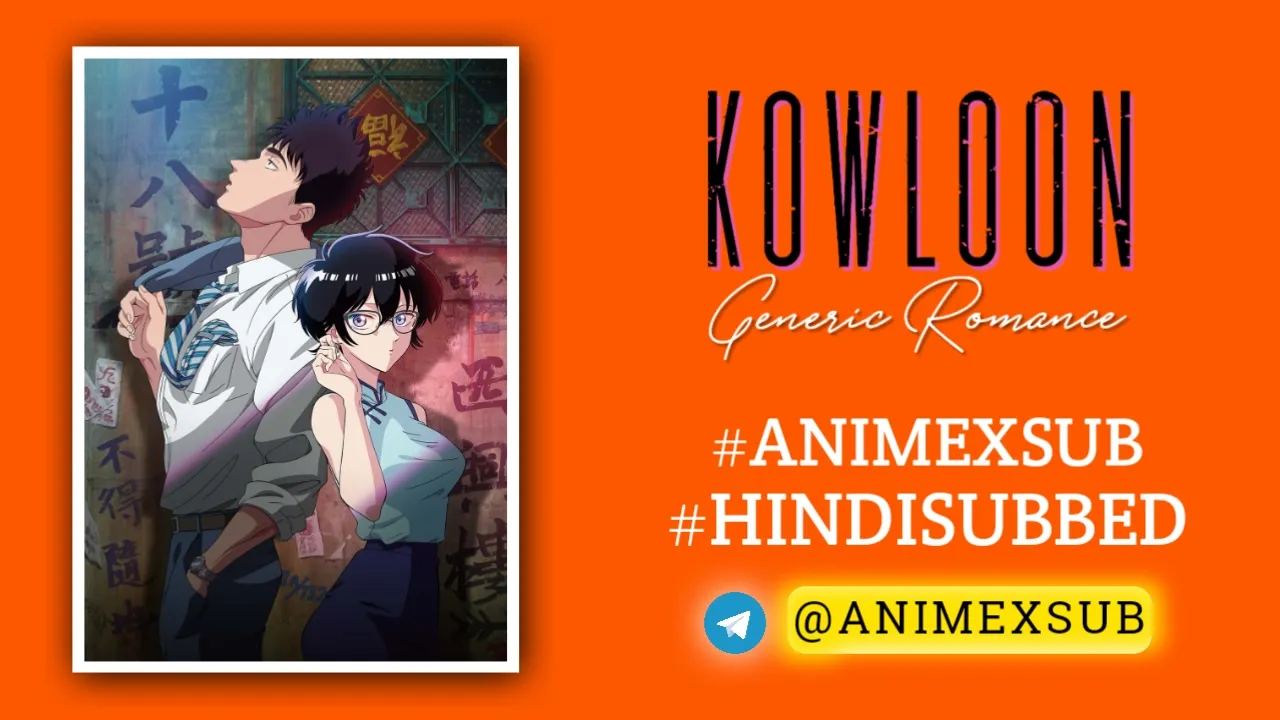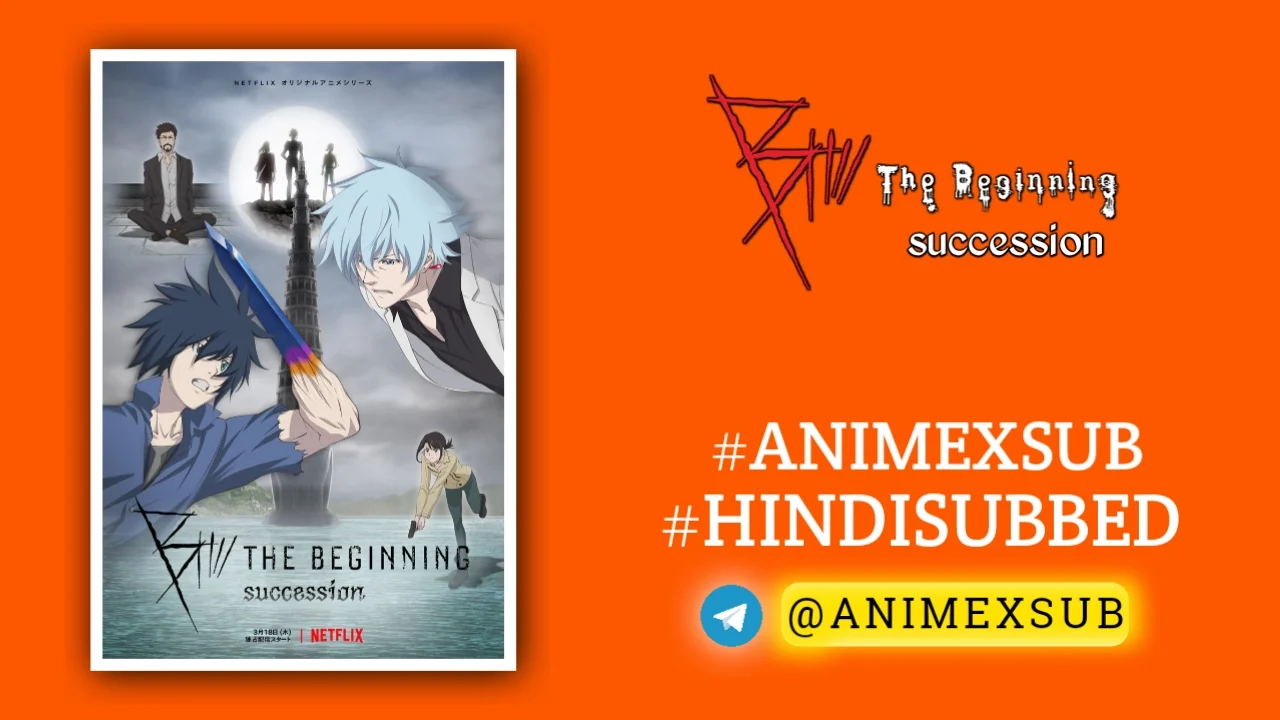
Clannad: After Story Season 1 Hindi Subbed [23/23] + [1/1] {Complete}

CLANNAD
ClannadSynopsis
Tomoya is a bitter, third year high school student. His mother passed away, causing his father to resort to alcohol and gambling. Tomoya is distant with his father and has become a delinquent in the years since his mother's death. Walking to school, he meets Nagisa Furukawa who is a year older but is repeating the grade due to illness. She is alone, as most of her friends have moved on. The two begin hanging out, and as time goes by, Tomoya finds his life shifting in a new direction. (Source: Sentai Filmworks)
Watch Trailer
Characters
Episodes
How To Download Tutorial
Clannad: After Story – A Profound Examination of Life’s Unyielding Cycles
In the landscape of anime, few series dare to transition from the ephemeral joys of youth to the stark realities of adulthood with such unflinching honesty as Clannad: After Story. Released in 2008 as the sequel to Clannad, this 24-episode season, directed by Tatsuya Ishihara and produced by Kyoto Animation, shifts the narrative from high school slice-of-life antics to a raw portrayal of post-graduation existence. It follows protagonist Tomoya Okazaki and his partner Nagisa Furukawa as they navigate the complexities of work, marriage, and parenthood in a small Japanese town. What sets it apart is not merely its continuation of character arcs but its willingness to confront the impermanence of happiness, making it a cornerstone for discussions on emotional maturity in animation. 5
Narrative Structure: From Familiarity to Fractured Realities
The plot of Clannad: After Story begins in familiar territory, extending the relationships built in the first season. Tomoya, once a delinquent with a fractured family background, finds purpose through his bond with Nagisa, whose fragility—both physical and emotional—serves as a catalyst for his growth. The early episodes maintain a balance of humor and heartfelt moments, but the series pivots dramatically around its midpoint, delving into themes of loss and regeneration. This isn’t a linear progression; interwoven are surreal elements like the “Illusionary World,” a metaphysical realm that parallels the main story, symbolizing unspoken regrets and alternate possibilities. 4 Unlike many sequels that recycle tropes, After Story employs a structure that mirrors life’s unpredictability—moments of serenity shattered by irreversible events, forcing characters to rebuild from the ashes.
A unique lens to view this narrative is through the prism of cyclical existence, akin to Eastern philosophies of karma and rebirth. The story’s resolution, often debated for its fantastical elements, can be interpreted not as a cop-out but as a commentary on how accumulated “light orbs”—metaphors for positive actions—alter fate. This mechanic, drawn from the original visual novel by Key, underscores that personal evolution isn’t solitary but communal, rippling through generations. 8 In an original observation, this mirrors quantum entanglement in physics, where choices in one “reality” influence outcomes in another, adding a layer of speculative depth rarely explored in anime reviews.
Character Evolution: Mirrors of Human Frailty
At the heart of After Story is Tomoya’s transformation, which stands as one of anime’s most authentic depictions of male vulnerability. Starting as a cynical young adult grappling with employment and reconciliation with his estranged father, Tomoya’s arc culminates in profound introspection amid tragedy. His journey from avoidance to acceptance—particularly in fatherhood—highlights the psychological toll of unresolved trauma, drawing parallels to real-world studies on intergenerational cycles of abuse and healing. 7 Nagisa, often critiqued for her passivity in the first season, emerges here as a beacon of quiet resilience, her health struggles amplifying the theme of cherishing fleeting moments.
Supporting characters like Ushio, Tomoya’s daughter, introduce a fresh dynamic, embodying innocence amid despair. In a novel analysis, Ushio represents the Jungian “child archetype”—a symbol of renewal that forces Tomoya to confront his shadow self. This development extends to side characters from the original series, such as the Fujibayashi twins or Kotomi, whose brief appearances reinforce the web of interconnected lives. The series excels in organic growth, avoiding contrived redemption arcs; instead, characters evolve through quiet, everyday decisions, making their progress feel earned and relatable. 16
Thematic Depth: Family as Both Anchor and Abyss
Clannad: After Story is fundamentally a treatise on family, translating the Irish word “clannad” (meaning family or clan) into a multifaceted exploration. It posits family not as an idyllic haven but as a crucible for testing human endurance. 1 Themes of hedonism—pursuing joy despite inevitable pain—are woven subtly, as seen in Jun Maeda’s script, which contrasts ephemeral pleasures with enduring sorrow. 2 The series challenges viewers to embrace change, a motif symbolized by the town’s evolving landscape, from fields to hospitals, reflecting societal progress at personal cost.
An underexplored angle is its critique of hedonistic escapism: characters who cling to past happiness risk stagnation, while those who face grief head-on achieve transcendence. This aligns with existentialist ideas from thinkers like Camus, where absurdity (life’s random cruelties) is met with rebellion through meaningful connections. Grief, portrayed with unflinching realism, avoids melodrama; instead, it delves into the Kubler-Ross stages, from denial to acceptance, offering a therapeutic narrative for audiences dealing with loss. 3 In a fresh interpretation, the Illusionary World serves as a collective unconscious, where suppressed emotions manifest, drawing from psychoanalytic theory to explain the series’ emotional catharsis.
Artistic Elements: Subtlety in Sound and Vision
Kyoto Animation’s work shines in After Story, with fluid character animations that convey subtle emotional shifts— a furrowed brow or a lingering gaze speaking volumes. 15 The visuals evolve with the tone: vibrant schoolyard scenes give way to muted, wintry palettes during darker arcs, enhancing the sense of isolation. While not groundbreaking in effects, the consistency elevates intimate moments over spectacle.
The soundtrack, composed by Jun Maeda and others, is a masterclass in emotional manipulation. Tracks like “Nagisa” evoke poignant nostalgia, building from soft piano to swelling strings that underscore tragic peaks. 33 The opening “Toki wo Kizamu Uta” (Song that Marks Time) encapsulates the series’ melancholy, its lyrics reflecting on time’s inexorable flow. 44 The infamous “Dango Daikazoku” song, reprised in heartrending contexts, transforms whimsy into weaponized sentiment, often cited as a tear-jerker trigger. 59 Critically, the music’s integration avoids overreliance, allowing silence to amplify raw dialogue.
Emotional Resonance and Cultural Echoes
The series’ power lies in its ability to evoke visceral reactions, with many viewers reporting profound emotional breakdowns. 35 This stems from its realistic depiction of adulthood’s burdens—financial strain, health crises, parental regrets—rare in anime dominated by fantasy escapism. 6 In an original insight, After Story functions as a modern fable, akin to ancient Greek tragedies, where hubris (ignoring life’s fragility) leads to downfall, but catharsis through suffering breeds wisdom.
Recent discussions on platforms highlight its enduring impact, with fans revisiting for its therapeutic value amid personal hardships. 45 However, it’s not without flaws: the supernatural resolution divides opinions, potentially undermining the realism that precedes it. 22 Pacing in early episodes can feel meandering, serving as setup for later payoffs.
Legacy: A Benchmark for Emotional Storytelling
Clannad: After Story endures as a benchmark for anime that transcend entertainment, probing the human condition with depth and nuance. Its blend of everyday realism and subtle metaphysics offers layers for repeated viewings, revealing new insights into resilience and connection. In a medium often criticized for superficiality, it stands as a testament to storytelling’s potential to mirror life’s profound, often painful, beauty. 34






























